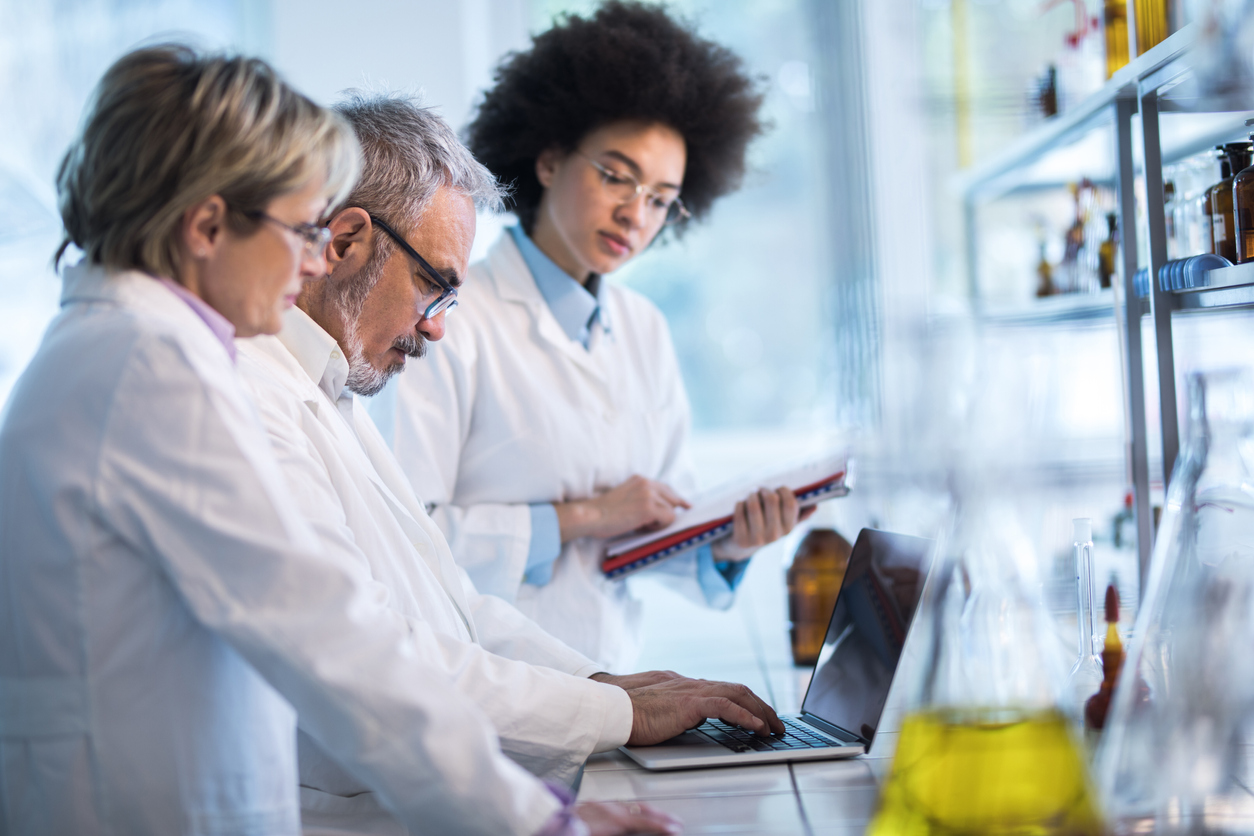For clinical indications in spine, trauma, joint, sports medicine and even soft tissue regeneration fields, orthopedic medical devices continue to evolve in both their intended mechanical actions and with the use of new, more advanced materials.
Per this 2019 article on Histopathological Evaluation of Orthopedic Medical Devices by Nicolette Jackson, Michel Assad, Derick Vollmer, James Stanley and Madeleine Chagnon "There is great need for qualified medical device pathologists to evaluate these next generation biomaterials, with improved biocompatibility and bioactivity for orthopedic applications, and a broad range of knowledge is required to stay abreast of this ever-changing field."
To really elucidate the effects of orthopedic medical devices and to evaluate the wide array of materials that are used, keen efforts at the time of necropsy are needed in order to correctly harvest and fix the tissue samples.
Proper Tissue Collection at Necropsy is Key to Fully Evaluating The Success of New Devices and Materials
Tissue Collection at Necropsy
When performing necropsy the bone(s) containing an orthopedic implant must be isolated in such a way that surrounding unaffected soft tissues are removed, yet relevant soft tissue at the defect site must remain intact.
- Attempt to preserve at least 1 to 2 cm of the bone surrounding the defect, on all sides if possible.
- Initial gross examination of the defect site should include a description of the location, shape and type of implant. Note any local tissue reactions such as swelling, irritation, and edema. Gross examination is a key component of a necropsy, and serves to document information about the performance of the orthopedic device.
Several scoring systems exist to evaluate and score the gross findings at the time of necropsy. One can find these from published material or they can be created, adjusted and adapted further by the study pathologist to fully evaluate each particular study, on a case by case basis.
No matter which type of orthopedic medical device is used, it is crucial to ensure proper fixation of the bone samples at time of necropsy.
On Fixation:
"One of the most important steps for fixation is to be sure to fully transect at least one end of a long bone to allow for infiltration of 10% neutral-buffered formalin (NBF) into the marrow cavity" says Jackson, Assad, Vollmer, Stanley and Chagnon.
Consider intramedullary pin implants, for instance. If one end of the long bone is not transected at necropsy, fixation will most likely be poor. This can result in autolysis and poor quality histology slides.
• Fixation in NBF can take one week or longer, depending on the size of the samples. After this time, samples maybe assessed for full fixation prior to processing for histology. The marrow cavity or nearby connective tissue must appear white or pale tan upon trimming to move forward. If this tissue appears pink or red, the sample is not yet fully fixed.
On Storage:
The article notes that "Due to a possible interaction of buffered formalin with some types of calcium phosphates (e.g., hydroxyapatite, tricalcium phosphate, or calcium sulfate), it is recommended by Bauer and Mahovlic (2016) to fix trimmed bone samples in 70% ethanol instead of using formalin when a calcium phosphate biomaterial is present (Kieswetter et al. 1994)."
• Refrigeration may also be important in the case of fluorescence imaging, both for temperature and avoidance of light exposure. The goal is to preserve a high level of fluorescence in samples for future fluorescence microscopy.
The Key Takeaway
The orthopedic medical device industry is changing rapidly! Proper care at the time of necropsy for correct tissue harvesting and fixation will make an incredible difference when it comes to understanding the risks and values of new orthopedic devices and materials
At StageBio, histology is just one of the lab services we offer. If you'd like to learn more about quality sample collection, proper fixation, and sample storage, don't hesitate to contact us today!
